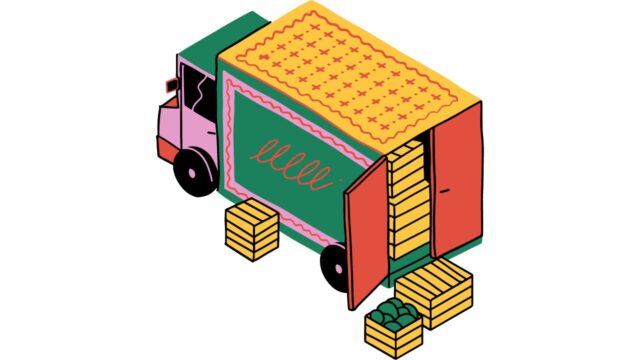
What is a ‘Joint Supply ‘
A joint supply is an economic phrase that refers to a product or process that has the potential to provide two or more different outputs. Cows may be used for milk, beef, and hide, while sheep can be used for meat, wool, and sheepskin. These are just a few instances of how animals can be used in the livestock sector. If the amount of cows grows, the supply of dairy and beef products will increase as well.
Explaining ‘Joint Supply ‘
There is joint supply when more than one product is sourced from the same source, resulting in the supply and demand for one commodity being connected to the other products. Consider the following scenario: if demand for wool grows, and sheep farmers produce more animals for wool as a consequence, there will be an increase in sheep meat output, which will result in a higher supply of meat and maybe a decrease in pricing.
The law of joint supply
The law of joint supply is an economic principle that states that the availability of two or more goods is always linked. In other words, if the supply of one good decreases, the supply of the other good will also decrease. This principle is often applied to commodities such as oil and gas, which are often found in the same geographical areas. It can also be seen in other industries, such as agriculture. For example, if the demand for wheat increases, the demand for corn will also increase. This is a fundamental concept in economics and has a wide range of applications.
Types
There are four types of joint supply: perfect, imperfect, complementary, and substitute. Perfect joint supply occurs when two or more products are produced with the same inputs and are identical to each other. Imperfect supply occurs when two or more products are produced with the same inputs but are not identical to each other. Complementary supply occurs when two or more products are complements of each other, meaning that they are used together. Substitute joint supply occurs when two or more products can be used interchangeably. Joint supply is most often found in the agricultural industry, where different types of crops can be grown with the same inputs. However, it can also occur in manufacturing and other industries.
Graphs of Joint Supply
The graph of joint supply represents the combined quantity that two or more businesses are willing and able to offer to the market for sale at a given price point. The quantity supplied by each business is represented by a line on the graph, and the overall it’s curve is the sum of these individual lines. The shape of the curve will depend on the nature of the businesses involved: if they are perfect substitutes, then the curve will be linear; if they differ in terms of quality or brand, then the curve will be more complex.
In general, however, the joint supply curve will slope upwards from left to right, indicating that businesses are willing to sell more at higher prices. The curve is a useful tool for understanding how businesses respond to changes in price and demand. By analyzing the slope and position of the curve, economists can gain insights into the underlying costs and incentives facing businesses. Ultimately, this information can be used to inform policy decisions and improve economic efficiency.
The Problems
While it can be an effective way to increase efficiency and profits, there are also potential problems that can arise. For example, if one company in a joint venture decides to cut production, it can have a ripple effect on the other companies, leading to lower overall output. Additionally, competition between the companies can sometimes lead to lower quality products or services, as each company strives to undercut the others. Finally, if one company decides to exit the joint venture, it can cause major disruptions for the remaining partners. While joint supply can be a helpful tool, it’s important to be aware of these potential problems so that they can be avoided.


































